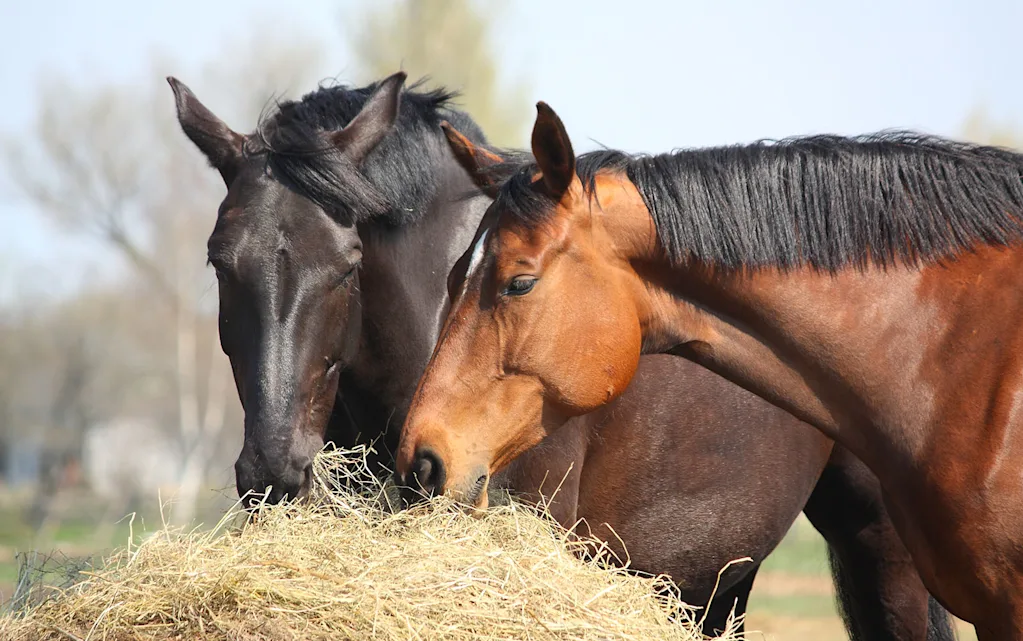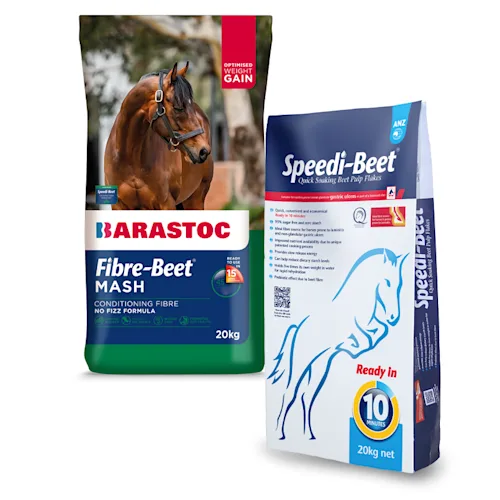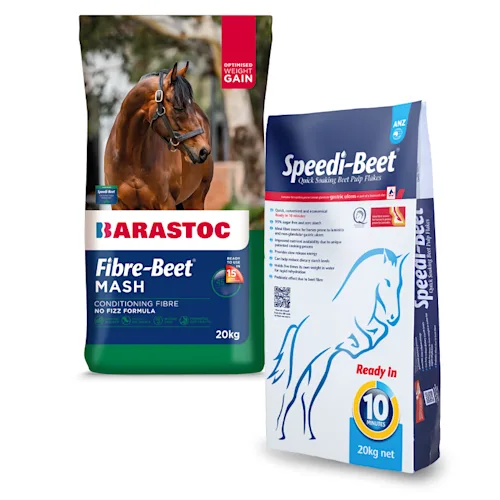Close
Our Products
All Products
Pleasure
Performance
Conditioning
Fibre
Breeding & Stud
Racing
Specialty
Supplements
Quick Feed finder
Free Diet Analysis
The Complete Range
Nutrition Centre
Articles
All About Fibre
Feeding for Condition
Competition Season
Laminitis
Breeding
Foal care
Building Topline
Gut Health
Senior horses
Racing & Breeding
Feeding in a Drought
Tools & Calculators
Competitions / Offers
Our Riders
Brand ambassadors
Junior Squad
About Barastoc
Why Barastoc
Our commitment
Barastoc's People
Our communities
Partnering with KER
Partnering with BHF
Sustainability
Find a Stockist
Contact Us

Understanding fibre
The importance of feeding a horse fibre has become more and more recognised over the last decade as owners have become more educated. Consequently, every horse feed brand has launched a fibre product, if not a full fibre range!
This can be confusing, below we talk about fibre sources and how you can make a choice with so many options available.
Which fibre source is best for your horse?
There are a few considerations to make before choosing your most suited fibre source:
Does your horse have any clinical issues? Laminitis, gastric ulcers etc
If your horse has a clinical issue, it is important that you choose a fibre appropriate. For example, if your horse or pony has laminitis you need a fibre feed that is suitable for laminitics.
Do you want a complete fibre feed, or will you be supplementary feeding alongside?
Some fibre sources now come as “complete” fibre feeds. If you choose this it is important that you feed to the recommended guidelines and also cross reference with any other feeds so you’re not duplicating a certain vitamin/mineral/protein.
Do you have a shortage of fibre sources – is it to replace or compliment?
Some fibre feeds are more suitable than others for fibre replacement. Consider a fibre mash if the horse has poor dentation.
Do you want to feed a soaked mash and understand the benefits?
Soaked (mash) fibre feeds give you added benefits such as hydration, gut health and easier to eat for horses with poor dentation.
What are the sugar and starch levels of the fibre feed?
This is important to note, especially if your horses gets fizzy or requires a low sugar and starch diet for clinical reasons.
What is the total digestible fibre of the fibre feed?
When comparing fibres look at the total DE (Digestible Fibre) of the fibre feed rather than the crude fibre – we explain further below.
How much do you want to spend on the fibre source? / What is the cost per feed?
Rather than looking at the cost per bag, look at the cost per feed. Some fibre feeds are more expensive for the bag but will last double the amount of time.
How to measure the fibre percentage in feeds?
In a world where there are a lot of fibre sources available for horses, it is interesting to see how they compare, but what is the best way to do this comparison? The main figure for fibre shown on the packaging of most feeds is crude fibre, however, that is NOT the figure you should be looking at. Crude fibre may be high, however it is made up by mainly insoluble fibre (not able to be digested by the horse), so you must consider the digestible energy (DE) content of the feed.
What is digestible energy?
digested/fermented and absorbed across the gut wall. In horses, DE tends to be calculated. DE is the amount of absorbable (digested) energy components, and fibre energy is released by hindgut microbial fermentation, the rate of fermentation of each fibre component is time limiting (rate of gut passage). Soluble fibre is more rapidly ferments than insoluble, and so fibre sources with high soluble components will have higher DE than those with high insoluble. There are, of course interactions with this (prebiotic effect of soluble pectin, or depressing effect of lignin) that will affect the DE of the fibre but, generally speaking, beet-based fibre feeds will have higher DE per unit of fibre than other sources.

About Barastoc Fibre-Beet Mash

Barastoc Fibre-Beet Mash combines Lucerne and Speedi-Beet™ together into one easy feed and offers an excellent source of highly digestible fibre in a wet feed form that is gentle for recuperating horses.
Barastoc Fibre-Beet Mash is a conditioning feed with a carefully formulated combination of Speedi-Beet™ and lucerne supplemented with biotin, sodium and calcium. It contains high levels of easily digested soluble fibre for slow energy release, along with being very low in starch and sugar.
Lucerne provides quality protein containing essential amino acids for muscle tone and function and the oat fibre provides a complementary nutrient profile. Barastoc Fibre-Beet Mash is designed to be fed wet and is ideal for horses in recovery.












